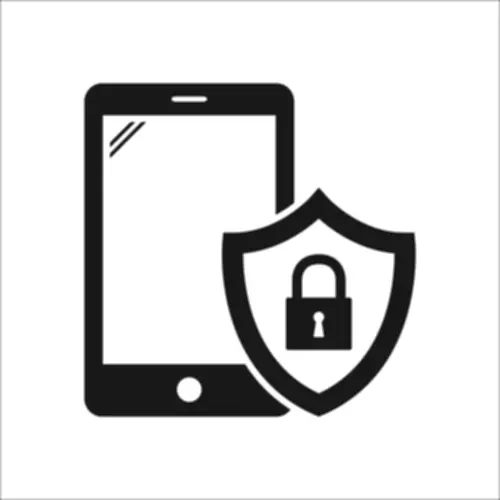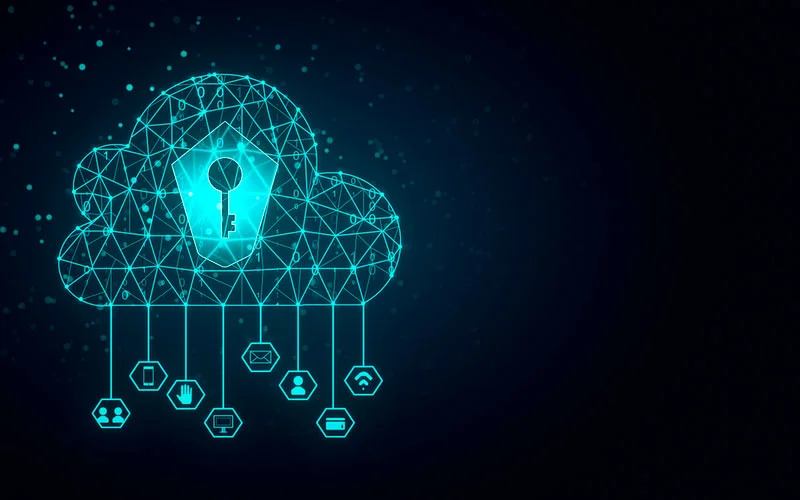Cloud Application Security Testing: Importance, Principles, Methods, and Tools

With each year, people’s demands grow bigger and bigger. When it comes to mobile applications, they want to get something that will suit all their needs and ignore software that lacks some features. This forces developers to create complex apps with a ton of features. While this drives innovation, it also increases all security threats.

Security testing is one of the ways to find breaches and fix them before an attacker finds out about them. Highly sensitive data must be protected and that is why this topic is so important. Right now, most apps are moving to the cloud. What makes it difficult for security testing to do so too?
Many companies test a new approach called “Cloud Application Security Testing” to make sure their software is good enough to withstand all kinds of attacks. Keep on reading to find out what it is and why it is so important.
What is Cloud Security?
Since most software is cloud-based and a lot of sensitive data is there too, it is important that cloud security is used. This includes the usage of the most modern techniques and software that prevents data leakage, tampering, etc.
- Applications and data security become centralized.
- There is no need to invest in hardware and other equipment because everything is cloud-based.
- Manual configurations are not required as long as the security provider grants regular updates.
- Reputable services provide top-notch security at all times.

We are confident that we have what it takes to help you get your platform from the idea throughout design and development phases, all the way to successful deployment in a production environment!
The importance of cloud application security testing
Cloud storage is considered to be riskier by many users. However, the best security solutions are used to prevent any issues. Also, regular tests are performed to make sure there are no bugs and breaches that a hacker might use.
The primary task of cloud security is to prevent data theft, manipulation, and altering. Threats are easily identified by the system and all the vulnerabilities are measured. Moreover, the system assists in the detection of potential risks. This helps the developers enhance protection.
Cloud application security testing is a good option for companies with a large number of applications, apps that face many risks, and organizations with shoestring budgets and a lack of time.
Before, it was required that companies used on-premise software and hardware to test their own apps. Now, this is no longer needed. All the security tools can be hosted on the cloud to test the software faster and cheaper.
Main points in cloud application security testing
There are several details you need to keep in mind when using a cloud-based testing strategy.
Scalability
The lack of scalability may significantly impact the testing process. This may decrease the speed and efficiency of each test, which could lead to missing some important issues. The testing procedure must be scalable and you must be able to expand it as updates become required.
Accessibility
It is crucial that testing is always available. Remote teams work at different times to complete all their projects ASAP, so they might have to perform a security test even late at night. You must make sure they have a centralized dashboard with all the required features for security testing.
Cost-effectiveness
Cloud security testing must be cost-efficient, so clients can afford it. It must improve the ROI, reducing expenses. A tip to reduce the expenses might be to perform a quick check of the testing tools and execute tests parallelly.
What types of cloud testing are there?
There is a huge number of testing methods that are performed on the cloud.
- Functional: checks whether the app meets the requirements;
- System: estimates the requirements and functionalities by using the end to end method;
- Acceptance: makes sure the application can be used by a user;
- Non-functional: estimates the quality of service, usability, reliability of the software, and, most importantly, its response time;
- Security: uses various principles to estimate potential breaches, errors, etc.;
- Performance and scalability: checks how the system performs under a certain load;
- Compatibility: makes sure the software works with different operating systems and various environments;
- Disaster recovery: estimates the recovery time of the software in case something goes wrong and also checks the data loss after crashes.
This list can become even bigger as new testing methods appear.
In what environments is cloud testing performed?
Different testing environments make sure that the application works properly in various situations. This brings some flexibility to the testing, so this means there is more freedom for testers.
The three types of environments are:
- Private and public environments
- Cloud-based environments
- Hybrid environments.

A huge variety of testing tools is used to check how the software performs in different situations. Some of them are BlazeMeter, AppPerfect, TestLink, Watir, Nessus, SOASTA Cloud Test, LoadStorm, and others. Each of these specializes in a number of fields to detect the smallest issues in any software.
How is cloud application security testing performed?
Before proceeding to the testing process, it is necessary that there is a plan to stick to. It is recommended that the following points are in your plan:
- Choose the applications for testing;
- Select the data penetration testing method;
- Estimate the network access;
- Test the workload isolation on virtual machines;
- Evaluate the compliance with laws and regulations;
- Select the automated penetration testing tools;
- Decide whether to inform the administrators about the test to check their readiness.
After the plan is prepared and you proceed to the actual tests, observe the response.
If you did not inform the admins about the tests, look after their actions. In most cases, they will simply shut down the whole system for some time. However, some administrators will try to identify the threat. This will tell a lot whether they are prepared for such a situation.
Also, observe the automated response of the security system. There should be different results like IP address blocking, shutting down the system, changing the limitations of the software, etc.
Both responses must be written down in order to analyze the results. This will tell you a lot about how protected your system is.
How to remove any vulnerabilities?
The best way to get rid of any issues is to leave the job to a team of experts.
The Global Cloud Team is the best option. There are many specialists with a lot of experience in the field, so they are capable of removing even the most difficult problems in your software.
To get in touch with our representatives, fill in the form on the main page of our website. After that, you will be contacted within 24-48 hours depending on how busy the team is.
The bottom line
Performing regular security checks is important for both on-premise and cloud-based systems. Each day, the requirements change and new methods appear, so it is important that the security of your applications is up-to-date.
As long as you work with the Global Cloud Team, you can be confident that the newest methods will be used to protect your software.
Top Articles
Embracing Automotive Digital Transformation to Accelerate Innovation
I am here to help you!
Explore the possibility to hire a dedicated R&D team that helps your company to scale product development.






